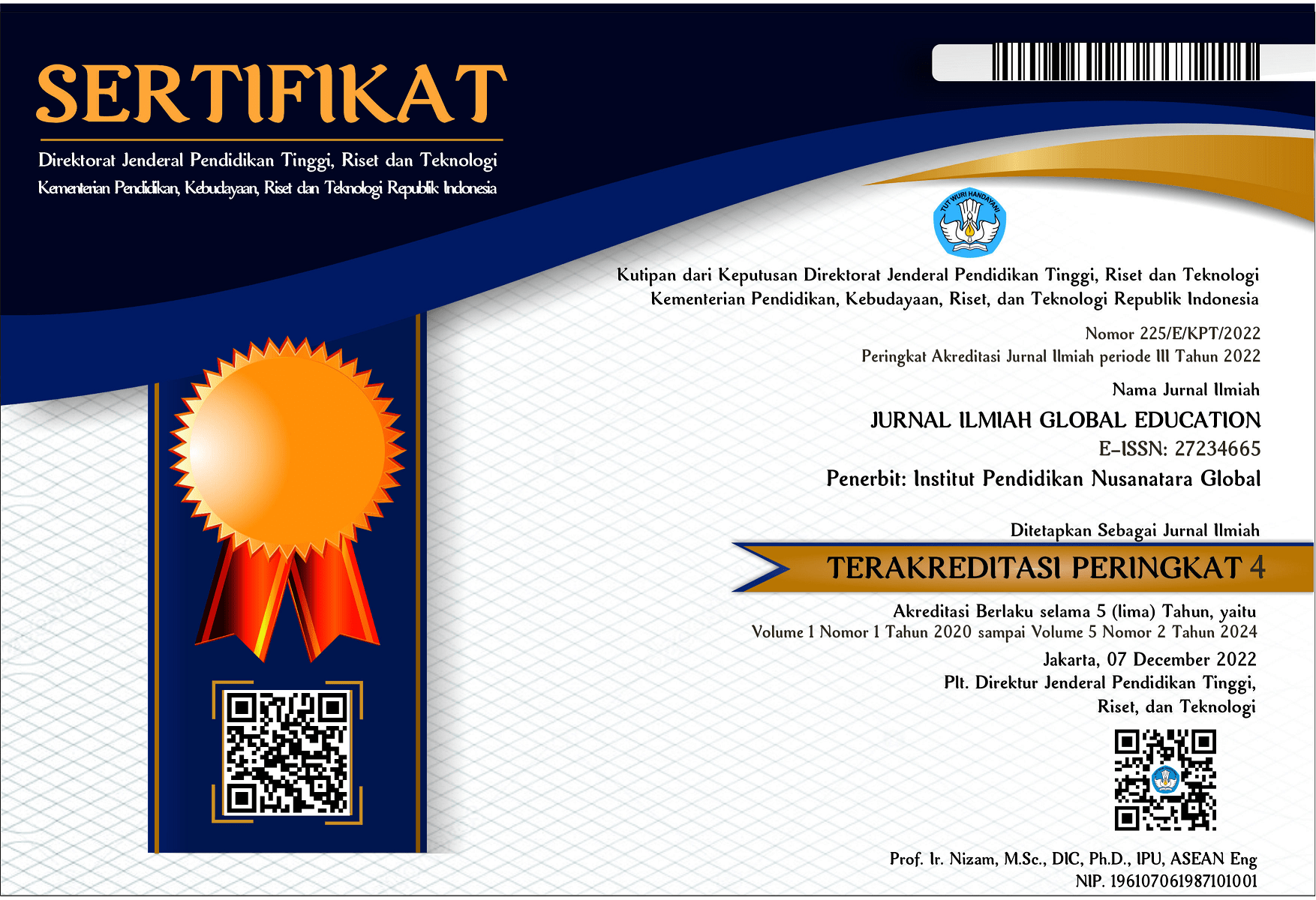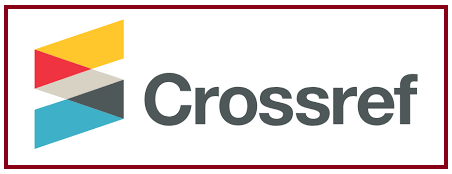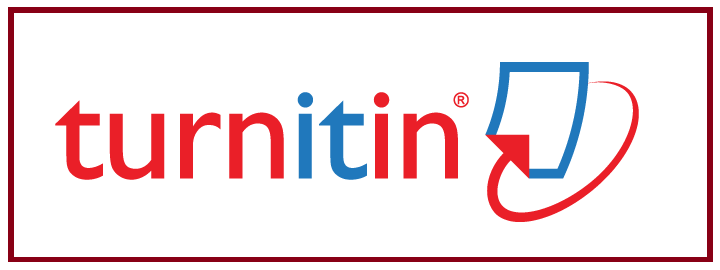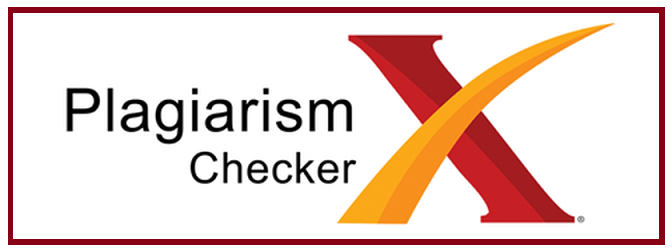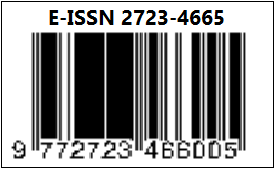AN ANALYSIS OF TEACHER’S FEEDBACK ON STUDENTS’ WRITING TASK
DOI:
https://doi.org/10.55681/jige.v4i1.557Keywords:
Feedback, Writing, Writing TaskAbstract
The use of feedback is strongly crucial in learning of English as a second or foreign language. It is crucial because it can motivate and support the students in learning English. This study focused on analyzing and describing the teacher’s feedbacks used on students’ writing tasks and students’ perspective about it. In this research, case study was applied as research method. The subject of this research was the tenth graders of MAN 2 Sumbawa in school year 2021-2022. In collecting the data, the researchers used several instruments such as the students’ writing tasks, semi structure interview guide and observation sheet to gain the data from the respondents. All of the data were analyzed to know the type of teacher’s feedbacks and students’ responses on it. The findings of this research showed that there were two types of feedback given by the teacher, namely written and oral feedback. Both of those feedbacks were implemented in the students’ writing task. The finding also showed the use of feedback in English as foreign language (EFL) context was great significance to stimulate the students to make good writing. EFL students who involved in this study had expressed their strong belief in its importance and applicability. They gave positive responses to the use of written and oral feedback. Most of the students stated that the teacher’s feedback was a good motivation in learning and believed that the teacher’s feedback helped them in improving their writing proficiency.
Downloads
References
Brown, H. D. (2004). Language Assessment Principles and Class Practice. San Fransisco: University Longman.com
Hattie, J. & Timperley, H. (2007). The Power of Feedback. New Zealand: University of Auckland.
Kroll, B. (2010). Teaching English as A Second and Foreign Language, Third Edition. USA: Heinle & Heinle Thomson Learning.
Leaph, K. (2011). Using Oral and Written Feedback to Improve Student Writing: An Investigation from Cambodian University Students’ Perspectives.
Lindqvist, A. (2011). The Use of Written Corrective Feedback: A Survey of Written Response from Teacher to ESL Students in English Course Upper Secondary School.
Naidu, M.C.V. (2027). The Use of Written Feedback and Conferencing in Improving Students’ Writing.
Nik, Y.A., Hamzah, A., Rafidee, H. (2010). Comparative Study on the Writing Performance Among Bachelor Students. International Journal of Educational Research and Technology, Vol. 1: 54-59.
Olshtain, E. (2010). Functional Tasks for Mastering the Mechanics of Writing and Going just Beyond. Teaching English as a Second and Foreign Language. Third Edition. USA: Heinle & Heinle Thomson Learning.
Paris, A. S., Muliadi, M., & Lestari, B. S. (2022). SELF AND PEER-CORRECTION TECNIQUE IN TEACHING WRITING. JURNAL ILMIAH GLOBAL EDUCATION, 3 (2), 102-107. https://doi.org/10.55681/jige.v3i2.268.
Yulandari, E. S. (2020). Improving Students Writing Anecdote Skill Through Scientific Method In The First Grade Students Of SMAN 3 Praya. JISIP (Jurnal Ilmu Sosial dan Pendidikan), 4(4).
Downloads
Published
How to Cite
Issue
Section
License
Copyright (c) 2023 JURNAL ILMIAH GLOBAL EDUCATION

This work is licensed under a Creative Commons Attribution-ShareAlike 4.0 International License.


